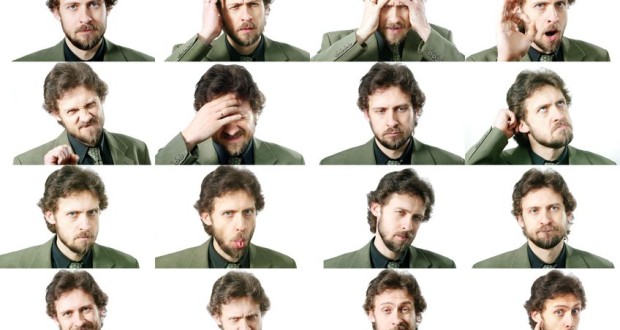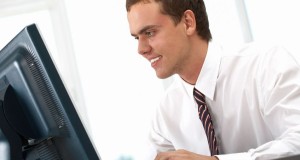If asked, most people would probably say that face can convey a fairly limited number of emotions. Researchers have long believed that the face can only make six expressions – happiness, sadness, anger, surprise, fear and disgust. In fact, the face might have much more of an emotional range than once thought, and its real number of possible expressions could be far higher.
Surprising Combinations
Ever hear of someone being “sadly fearful?” How about “fearfully disgusted?” Does “angrily surprised” sound like a familiar feeling? Strange as these pairings might sound, Ohio State University researchers have found that the face does express such emotions.
This conclusion is based on 5,000 photographs taken of 230 student volunteers. To elicit emotional responses from their subjects, the research team read off a list of verbal cues. Some of the statements used to generate expressions included “you smell a bad odor” and “you just got some great, unexpected news.”
The researchers required all male volunteers to shave their facial hair. In addition, the participants were not allowed to wear hats or glasses while being photographed. Students were also asked to pull back long hair and bangs. These measures ensured that the researchers got a clear look at the participants’ faces.
Prior to being photographed, the students were allowed to practice making faces in a mirror. The research team reviewed every photo taken for each subject, documenting the facial movements displayed in their pictures. Using this approach, the study’s authors deciphered a total of twenty-one emotions on the students’ faces. The expressions identified by the study are listed below:
| Happy | Sad | Fearful |
| Surprised | Angry | Disgusted |
| Appalled | Happily Surprised | Happily Disgusted |
| Sadly Surprised | Sadly Disgusted | Sadly Angry |
| Sadly Fearful | Fearfully Surprised | Fearfully Disgusted |
| Fearfully Angry | Angrily Surprised | Angrily Disgusted |
| Disgustedly Surprised | Hatred | Awed |
Explaining the Findings
Of course, these findings bring up an obvious question – how could you possibly determine that someone is, say, “angrily disgusted?” The answer is that these compound emotions combine the facial features related to both feelings. Someone who is “happily surprised,” for instance, will smile while also moving muscles associated with surprise.
Certain situations may also trigger these expressions. You might become “sadly upset” after one of your friends does something upsetting. Likewise, your face might break out a “happily disgusted” expression after hearing a crude or offensive joke. When making this emotion, the face mixes scrunched up eyes and a wrinkled nose (the signs of disgust) with a smile.
Potential Benefits
Aside from being fodder for news stories, this new research could have a significant impact on medical science. By being able to recognize complex facial emotions, doctors may be able to better treat patients with certain chronic conditions, such as autism and post-traumatic stress disorder. Furthermore, it may be possible to program these emotions into computerized medical devices. Such technology could prove very helpful to disabled and elderly patients.
 Natural Knowledge 24/7 Educate yourself with nutrition, health and fitness knowledge.
Natural Knowledge 24/7 Educate yourself with nutrition, health and fitness knowledge.






